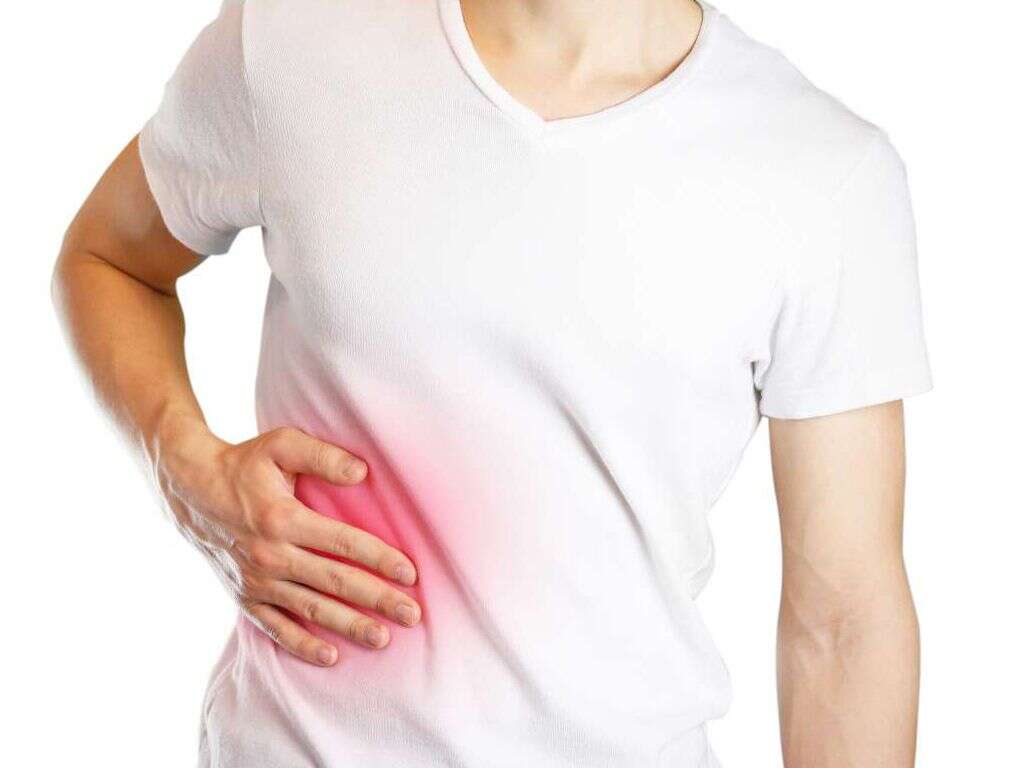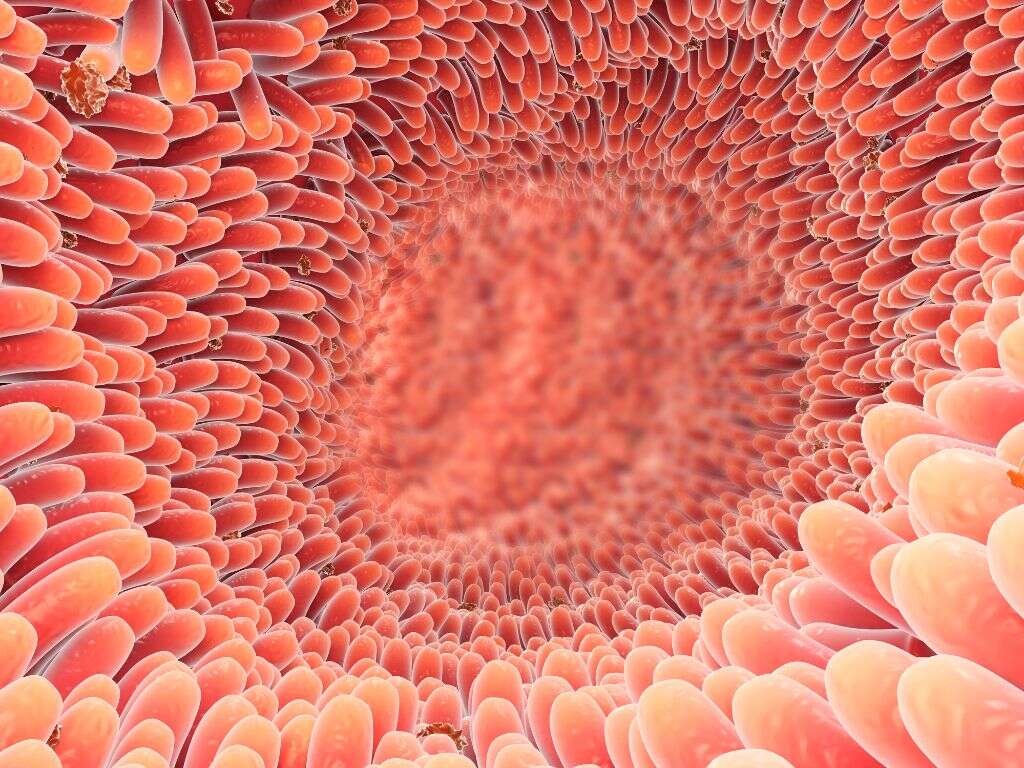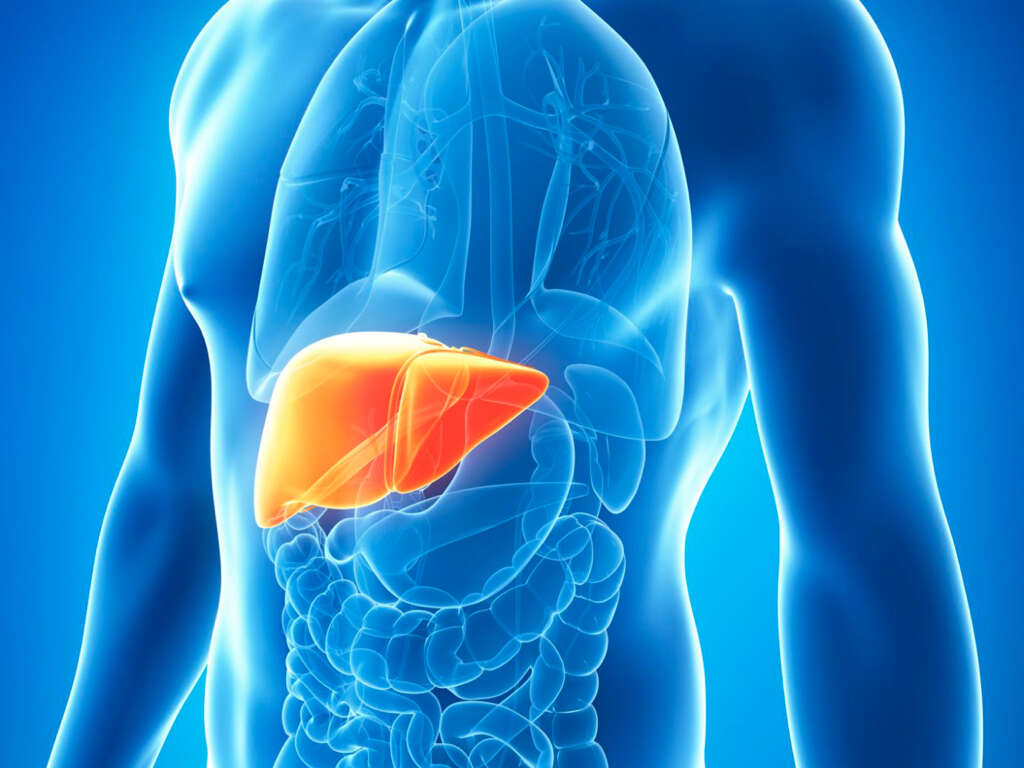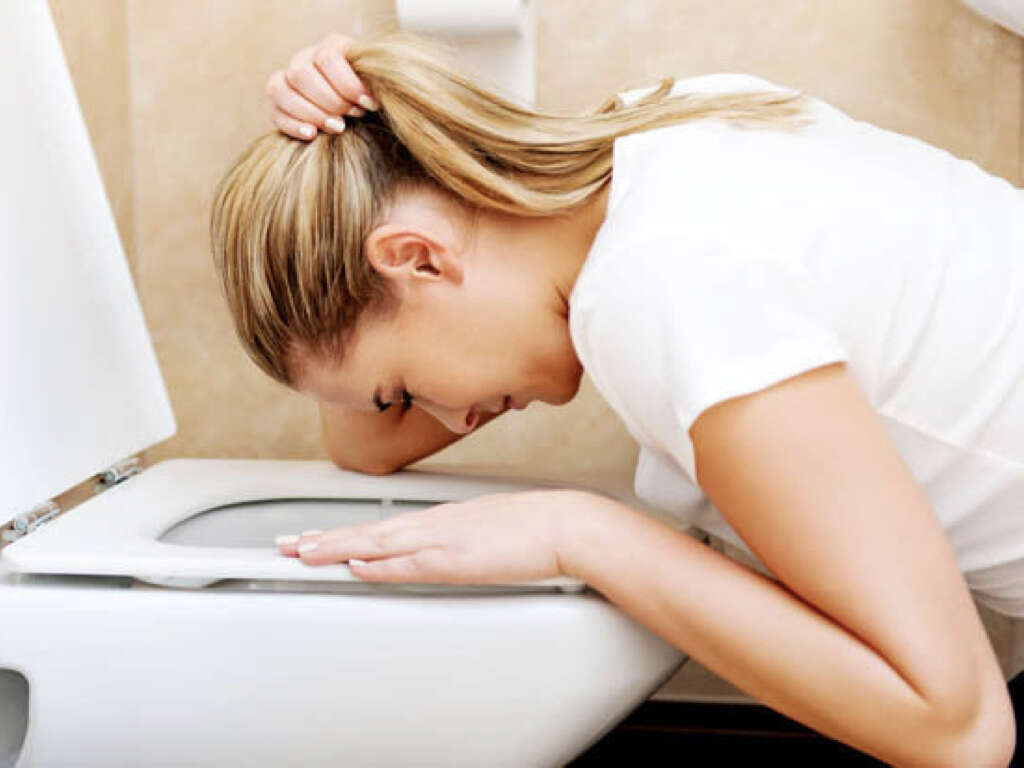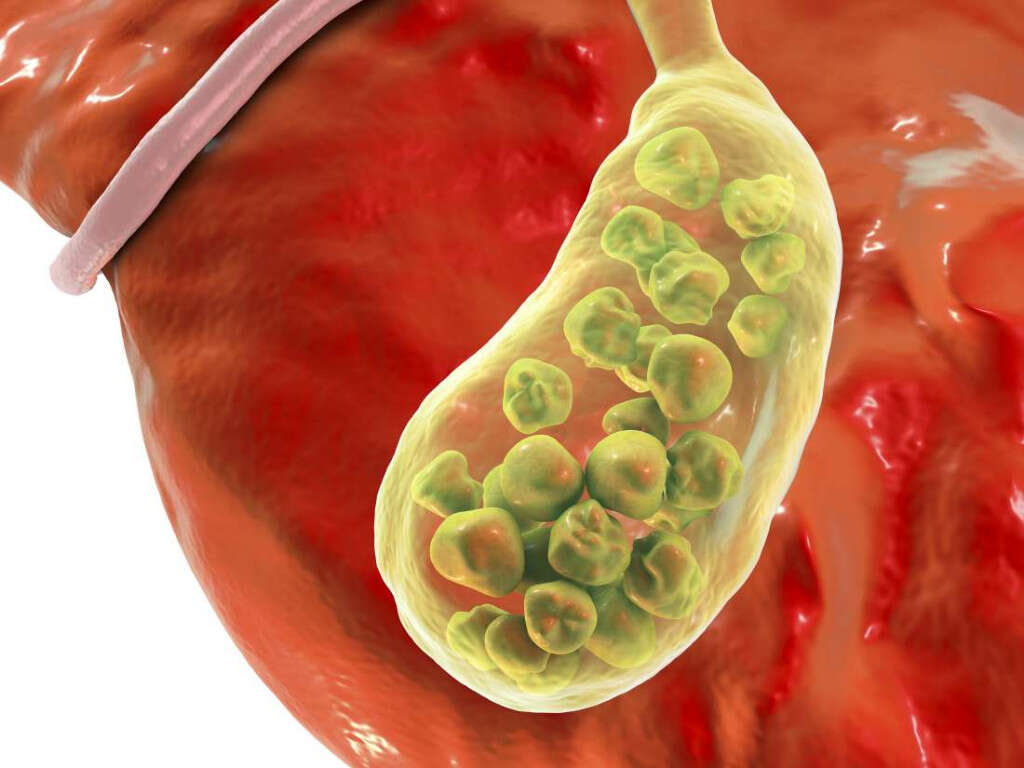What Does a Gallbladder Attack Feel Like?
Problems with the digestive system are among the most common medical conditions people are likely to experience. Most of the time they pose no real threat to us, even if they can be painful at times. Avoiding such problems often means avoiding certain types of food that disagree with us.
Some cases are not so easy to overlook, however, one of which is a gallbladder attack. It can be very painful and it can last for a long time in some people. The good news is that it is not usually a serious condition and, if it does become serious enough, the condition can be treated.
1. Gallbladder
The gallbladder is located in the upper right part of the abdomen and just below where the liver is. It is roughly the shape of a pear and measures around 4 inches long in adults. It is a small organ that is connected directly to the digestive system, and it acts as a storage for substances that are to be released into the digestive system.
It contains bile, among other things, which is a substance that is important in helping to break down our food. When we eat, the bile is released into the intestines, thus allowing us to break down our food and absorb nutrients from it.
2. Gallbladder Attack
Over time, the fluids found in the gallbladder can begin to solidify, resulting in small, hard deposits. These are known as gall stones and they can vary considerably in size, while there are also different types of gallstone. A lot of the time these ‘stones’ will cause few, if any, problems but occasionally they do.
Gallstones can grow too numerous and/or too large, and this can result in them causing blockages. Blocking the system can result in a number of other symptoms, some of which can be quite unpleasant. When these symptoms arise, it is commonly known as a gallbladder attack. Gallbladder attacks can be caused by other things in a small number of cases.
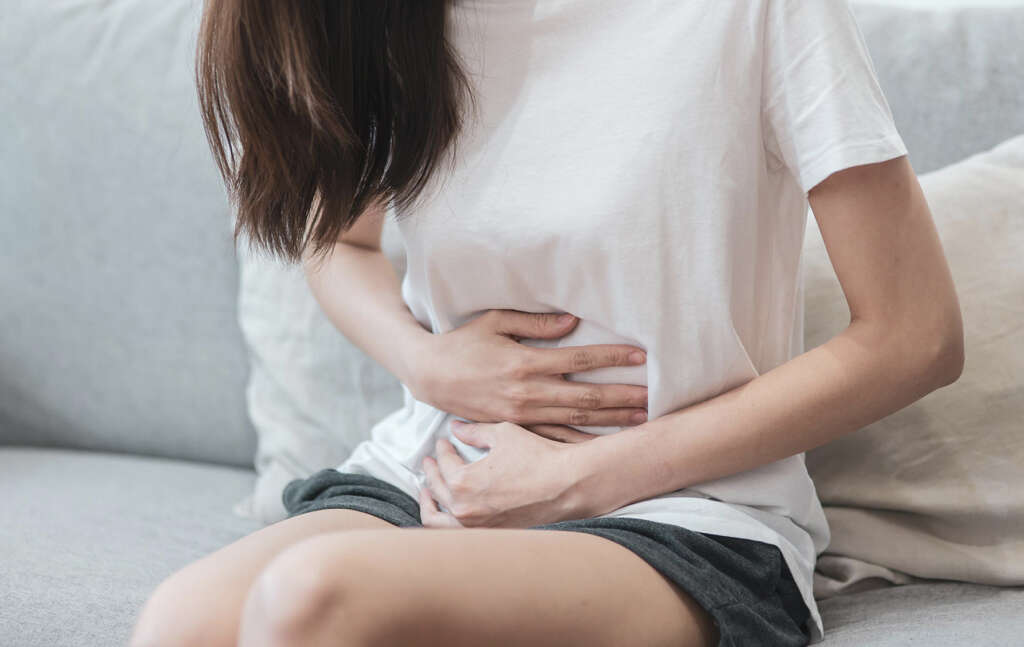
3. Pain
The most unpleasant of all symptoms of a gallbladder attack is pain. Patients with the condition often describe the pain as a sharp pain. It can come on suddenly and will often last for only a few minutes. Less fortunate people can find the pain lasts for several hours.
The longer the pain lasts, the more likely the pain is caused by an infection rather than gallstones. Such is the intensity of the pain that the patient struggles to remain still, and the pain doesn’t get worse when the patient does move. If you feel any intense pain in the abdomen area, then you should get medical assistance because it might be serious.
4. Radiating Pain
Some people describe the pain is a ‘dull’ aching kind of pain and, again, it can come on suddenly and without warning. What gets worse is that the pain does not always stay in the same place. Some people will find that the pain can radiate outwards to their back and the area just below where the shoulders blades are.
Some patients will also find that the pain radiates out to their right shoulder. If you have not done so already then you should be sure to tell your doctor about these symptoms as it can help them to reach the correct diagnosis quickly.

5. Pain After Meals
While a gallbladder attack can come on at just about any time, it is more likely to happen just after you have eaten. This is because, as mentioned, the gallbladder stores various enzymes that help to break down our food, thus allowing us to digest it.
When we eat, some of the enzymes are secreted but if there is a blockage then this can cause problems. This means that it is not uncommon for gallbladder attacks to happen not long after we have eaten. It is a symptom that should encourage you to see a doctor if you have not done so already.
6. Fever
Fever is a fairly common condition that often arises when we are ill. It happens when our immune system makes our bodies hotter. This helps to make the body a less hospitable place for pathogens, slowing the rate of infection and maybe even killing them outright.
While a fever is associated with gallbladder problems, it is not a symptom associated with gallbladder attacks. This can still be useful, however, because it suggests that the problem might be a gallbladder infection. Patients experiencing a fever are also likely to be experiencing chills because they are a part of the process that causes the body to heat up.
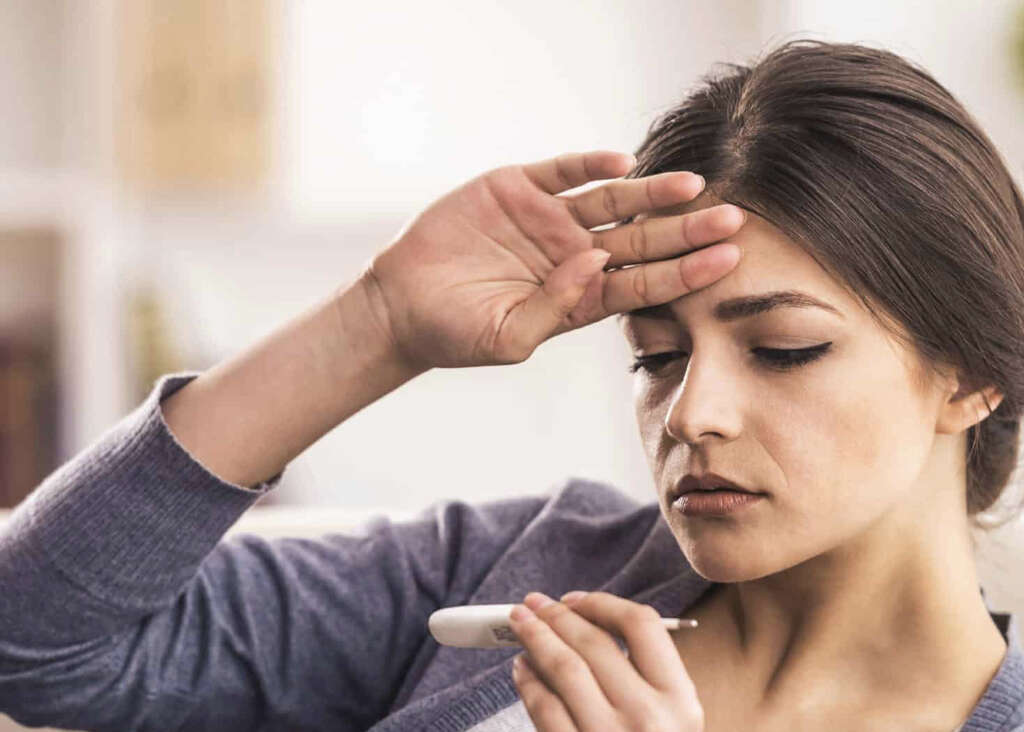
7. Nausea
A gallbladder attack is an unpleasant condition that can make you feel really quite ill. A lot of patients experiencing an attack will also experience nausea. This will make some people feel as though they are about to vomit and, in some case, they will do just that.
Vomiting is often quite helpful because it helps to remove the contents of the stomach. This is beneficial if the contents contain toxins or anything else that might make us ill, but no such benefit comes where gallbladder attacks are concerned. It can also be excruciating considering the patient will already be in pain.
8. Unusual Stools
The reason that our stools are usually brown in color is because that is the color of bile. Thus, if there is less bile than usual, it follows that the stools will be lighter in color than they otherwise would be. This is just what we tend to see in people that experience gallbladder attacks.
With the gallstones blocking the gallbladder, the bile is unable to make it into the intestines where it is needed. Therefore, the stools will often be lighter as a result. In addition, the patient’s urine can take on an appearance that makes it look like tea.
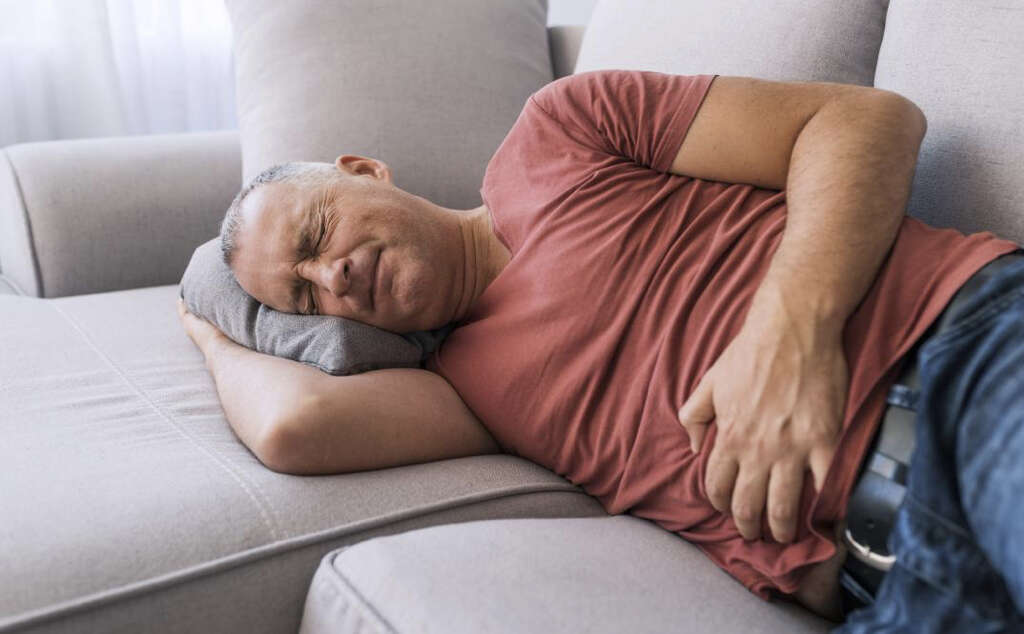
9. Jaundice
Bilirubin is a substance that is found in the gallbladder. It is a natural substance that is the by-product of the breakdown of our red blood cells, and it is quite harmless. We don’t even usually notice it, except for when we have certain medical conditions.
If the gallbladder is blocked, then the bilirubin within the bile is unable to pass out as it usually would. This can cause it to back up into the bloodstream, and the substance’s yellow color can cause us to become yellow in color as well. It tends to be most noticeable in the patient’s eyes, and in parts of the body where the blood is close to the surface.
10. Treatment
Treatment for gallbladder attacks usually involves medication to help relieve the pain. The attacks will usually pass and no further treatment is needed. If the attacks persist, however, and the condition is getting serious, more drastic action may be required.
Surgery to remove the gallbladder, called a cholecystectomy, is frequently used to end gallbladder issues. The digestive system is still able to function without the gallbladder by getting bile directly from the liver. People may find that eating less fatty food is helpful.



